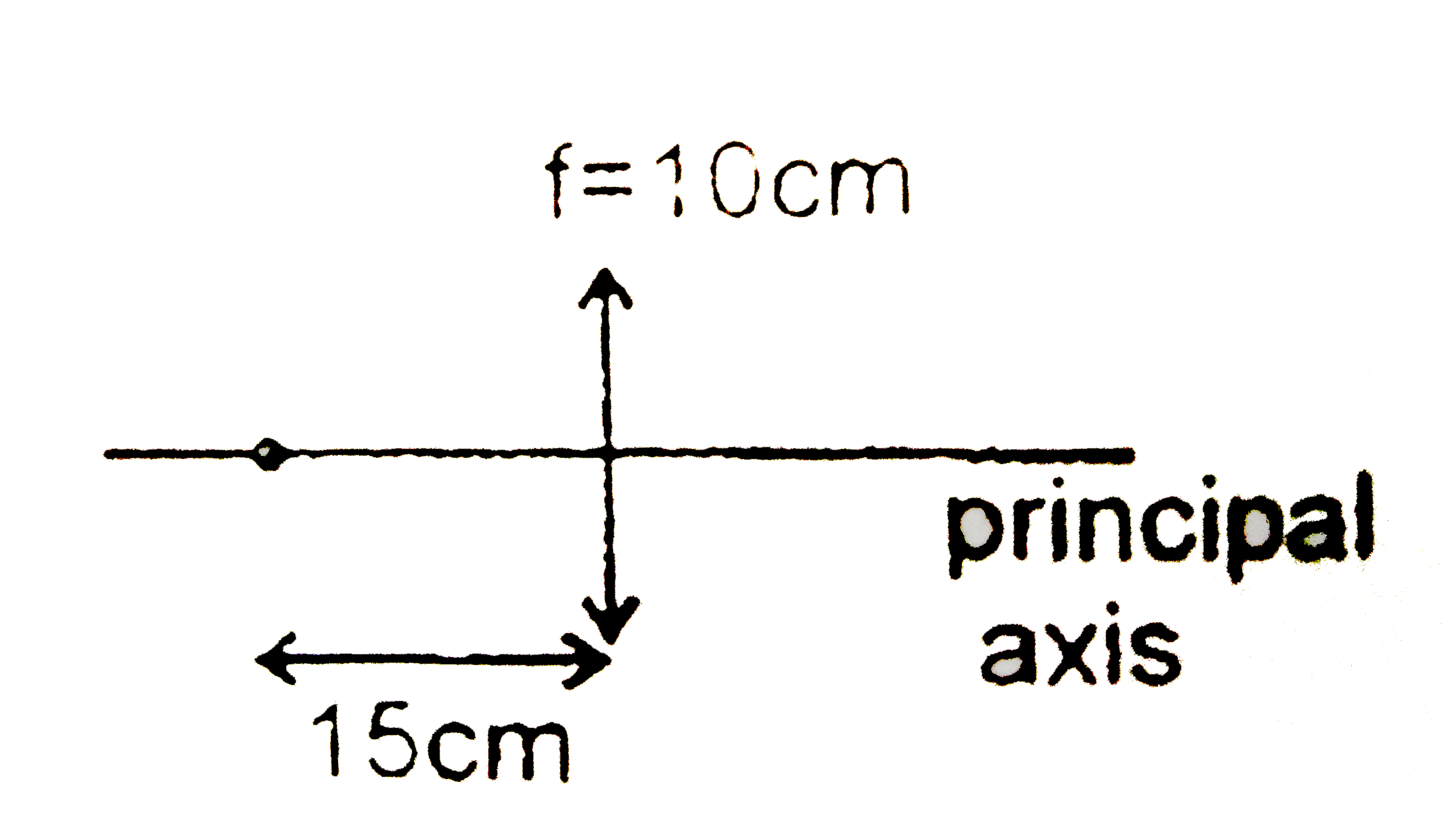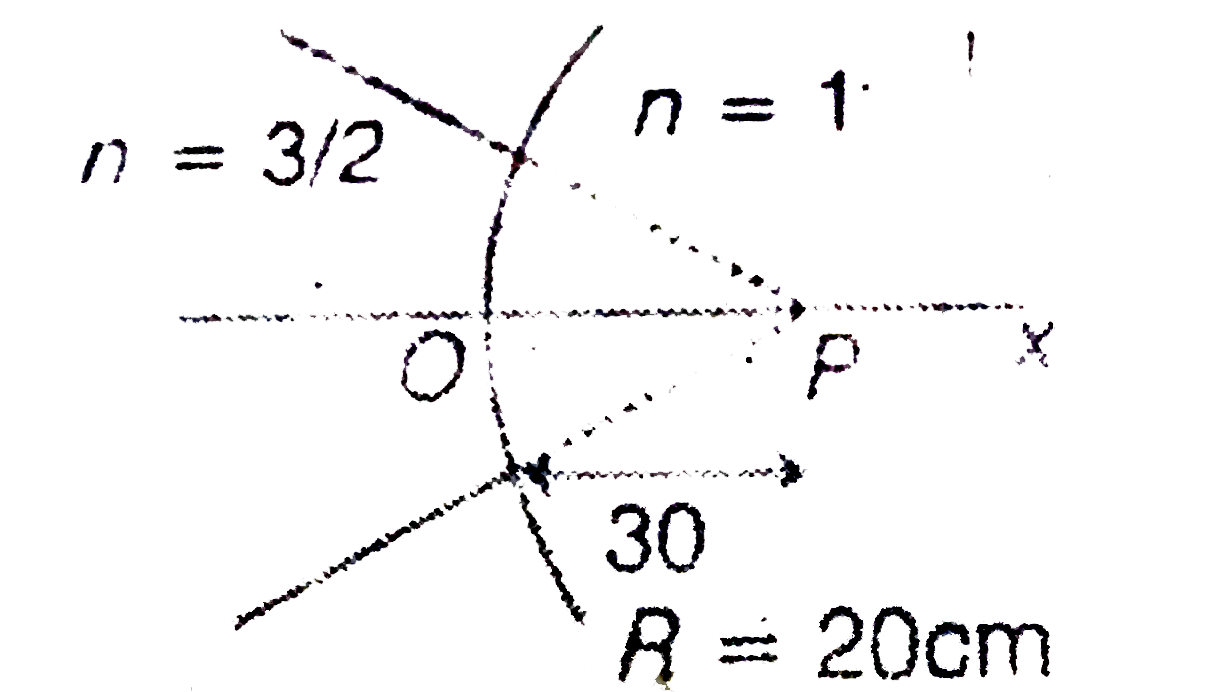The rays of different colours fail to converge at a point after going through a converging lens. This defect is called
spherical aberration
distortion
coma
chromatic aberration
The correct Answer is:D
Step by step video & image solution for The rays of different colours fail to converge at a point after going through a converging lens. This defect is called by Physics experts to help you in doubts & scoring excellent marks in Class 12 exams.
Updated on:21/07/2023Topper's Solved these Questions
- GEOMETRICAL OPTICSBOOK - HC VERMA ENGLISHCHAPTER - GEOMETRICAL OPTICSEXERCISE - Objective -2
7 Videos
- GEOMETRICAL OPTICSBOOK - HC VERMA ENGLISHCHAPTER - GEOMETRICAL OPTICSEXERCISE - Exercises
78 Videos
- GEOMETRICAL OPTICSBOOK - HC VERMA ENGLISHCHAPTER - GEOMETRICAL OPTICSEXERCISE - Question For short Answer
18 Videos
- GAUSS LAWBOOK - HC VERMA ENGLISHCHAPTER - GAUSS LAWEXERCISE - Short Question
7 Videos
- LIGHT WAVESBOOK - HC VERMA ENGLISHCHAPTER - LIGHT WAVESEXERCISE - Question for short Answer
11 Videos
Similar Questions
Figure shows a point object and a converging lens. Find the final image formed.

View SolutionIn bouquet stage the chromosomes converge at a point near
View SolutionA wire mesh consisting of very small squares is viewed at a distance of 8cm through a magnifying converging lens of focal length 10cm, kept close to the eye. The magnification produced by the lens is:
View SolutionA parallel beam of rays is incident on a convergent lens with a focal length of 40cm. Where should a divergent lens with a focal length of 15cm be placed for the beam of rays to remain parallel after passing through the two lenses.
View SolutionState the position of the object in front of a converging lens if :
It is used as a magnifying lens.
View SolutionA diverging lens with magnitude of focal length 25cm is placed at a distance of 15cm from a converging lens of magnitude of focal length 20cm. A beam of parallel light falls on the diverging lens. The final image formed is.
View SolutionA converging beam of light is incident on a concave lens of focal length 20 cm. In the absence of the lens, the beam converges at a point 10 m behind the lens. Find where the beam will converge/diverge after refraction.
View SolutionA beam of light converges at a point P. Draw ray diagram to show where the beam will converge if (i) a convex lens and (ii) a concave lens is kept in the path of the beam?
View SolutionA beam of light converges at a point P. Now a convex lens is placed in the part of the converngent beam at 15 cm from P. At what point does a beam converge if the convex lens has a focad length 10 cm ?
View SolutionThe image for the converging beam after refraction through the curved surface is formed at

View Solution
